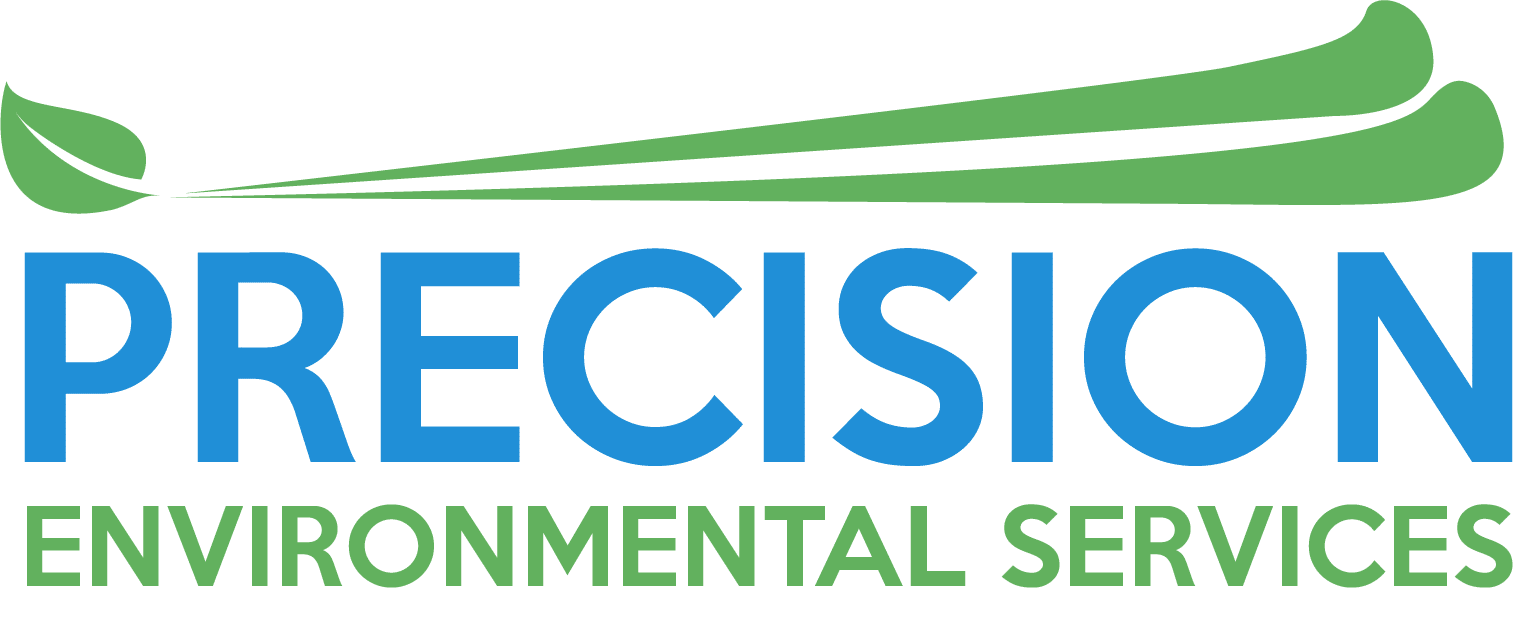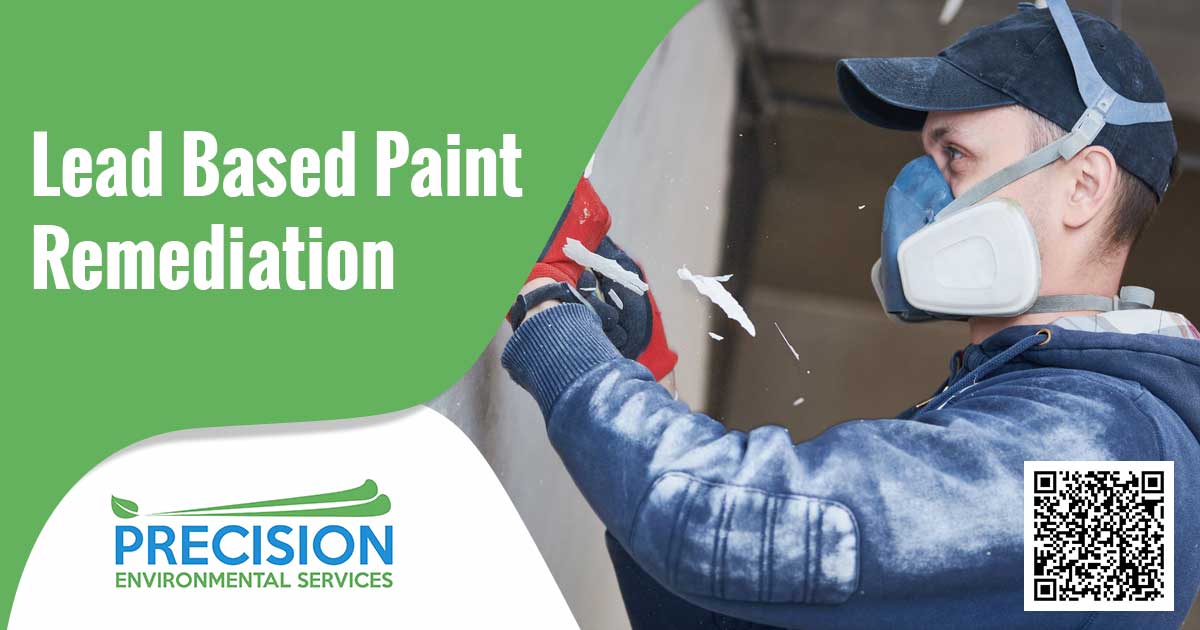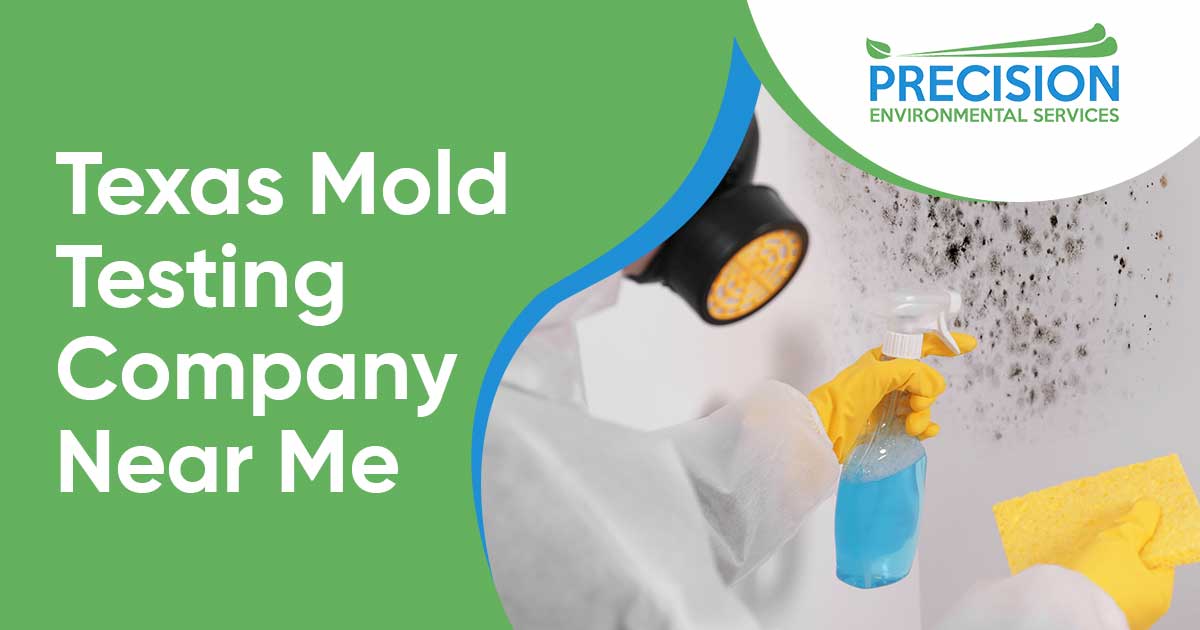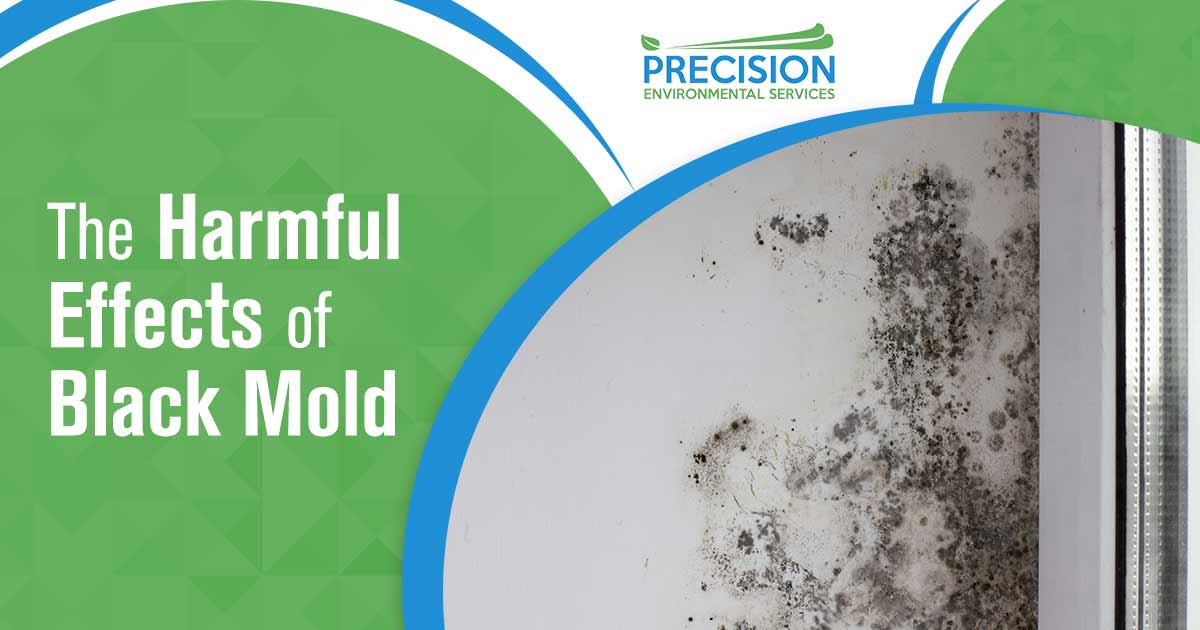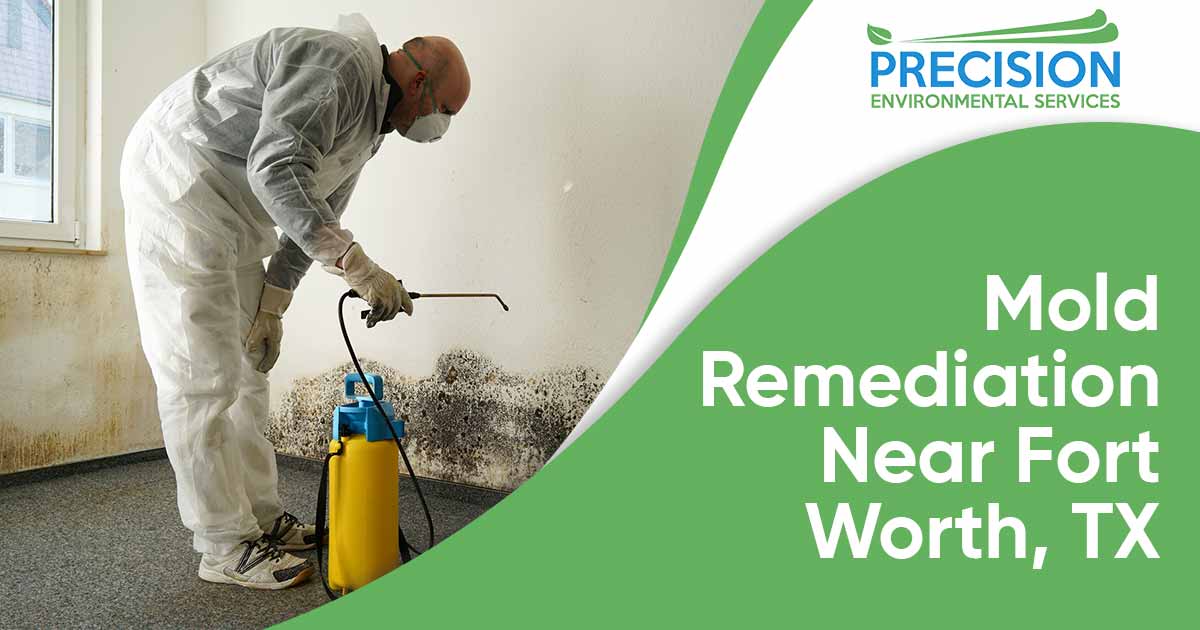Lead paint poses a risk to the health of your family and others. Thankfully, since 1978, the practice of using lead-based paint in residential homes has crawled to a stop. However, despite efforts to contain and reduce the use of this highly toxic lead, many older homes still contain some degree of lead paints.
If your home has lead paint, then you have several options when it comes to removal. And, while some people may attempt lead based paint removal DIY projects, when it comes down to it, it’s best to hire a trained and experienced lead based paint removal company. The last thing anyone wants is to make the situation worse and professionals know how to remove lead paint safely and effectively.
Lead Paint Removal Options
There are four options for professional lead based paint remediation. Each of these options has a different cost as well as different benefits. Depending on the amount of lead paint in your home along with the inspection and risk assessment, one of these options may be better than the others for your given situation.
Encapsulation
Encapsulation is generally the most straightforward and least expensive option when it comes to lead based paint abatement. This method involves the use of a special coating designed to create a watertight bond to seal in any lead-based paint. The coating is either brushed or rolled onto the surface and left to dry. Unfortunately, while this is typically the most affordable option, it is not always the best. In situations where the lead paint surfaces are exposed to temperature fluctuations, weather, or significant activity (such as opening and closing doors), then it is possible for the coating to wear and eventually fail.
Enclosure
The next method is enclosure. This simply involves covering the old paint surface with a new one. This could mean installing new drywall or covering sills with cladding. Unfortunately, this too is only a temporary solution as this is not actually lead paint removal. Should you remodel or renovate down the road, the underlying lead paint will still pose a risk. This can also be risky for anyone who you sell your home to or if you buy a home. If the sellers don’t know about the lead paint or don’t disclose the lead paint, then the new homeowners are at risk should they remove the new surface.
Removal
Lead based paint removal is a way you can eliminate the risk without having to worry about it resurfacing down the road. There are a number of ways to remove lead-based paints. They can include wire brushing, using liquid paint removers, or even wet sanding the surface, or using an electric sander with a HEPA filtered vacuum to help contain any lead dust. In addition, some contractors prefer to strip the paint using a heat gun and hand scraping. It’s important to check the lead-based paint removal regulations in your state to understand what lead-based paint removal methods are approved in your area by the EPA and other agencies.
Replacement
The replacement strategy is a more radical option that involves paint removal by way of removing the surfaces themselves. Depending on the extent of the lead hazards, this could mean replacing windows, doors, woodwork, walls, flooring, banisters, stairs, and anything else that was painted with lead paint at one point or another.
Do Nothing
While doing nothing isn’t really considered a lead abatement option, it is certainly an option you can select. However, it is important that if you choose to go this route you are aware of the risks to yourself and others.
In some cases, lead paint abatement may seem unnecessary if the paint is not chipping and has no damage. Lead paint is at its most dangerous when it has started to degrade. Then the people around it face exposure to lead dust in the air, lead paint chips, and more. If you still have children at home, the “do nothing” approach can be quite dangerous to their health. In fact, they could end up with serious lead poisoning.
In addition, if you decide to do nothing and later sell your home it’s vital that you disclose this information.
Why is Lead Paint so Dangerous?
The hazards of lead paint have been studied for decades. Lead is highly toxic. When absorbed into the human body, lead causes damage to the brain, kidneys, nerves, and even the blood. It can lead to behavioral problems, learning disabilities, result in seizures, and can even cause death. For adults, symptoms often include headaches, nausea, stomachaches, fatigue, and irritability. Unfortunately, many children show no symptoms so it’s difficult to know if they’ve been affected until it’s too late.
While it may seem obvious to limit exposure to lead paint inside the home, many people don’t realize that lead paint outside the home can also be a problem. Outside, paint often degrades more quickly, chipping and peeling. These fragments fall to the ground, mix with the soil where children play and can get tracked into the home.
Activities that lead to lead poisoning include:
- Putting hands in their mouths after touching lead paint or dust
- Putting other contaminated objects into their mouths
- Eating paint chips
- Playing in lead-contaminated soil
The homes most at risk are those built prior to 1978. However, some contractors continued to use lead-based paints after this time so it’s important to use a test kit or hire a professional if you suspect lead paint. Lead paint is still a risk even in a home built after 1978.
If you live in an older home, it’s important to wipe down flat surfaces regularly and dispose of the paper towel used to wipe them down. You should also mop weekly, remove your shoes when entering the home, vacuum weekly or as needed to control dust, carefully collect and dispose of any paint chips, and avoid creating dust when renovating or remodeling. It’s also a good idea to speak with a company such as Precision Environmental Services to inquire about testing and lead based paint removal procedures.
Call Precision Environmental Services today at (940) 597-2673 if you’re concerned about lead or want to create a lead based paint abatement plan.
Frequently Asked Questions
